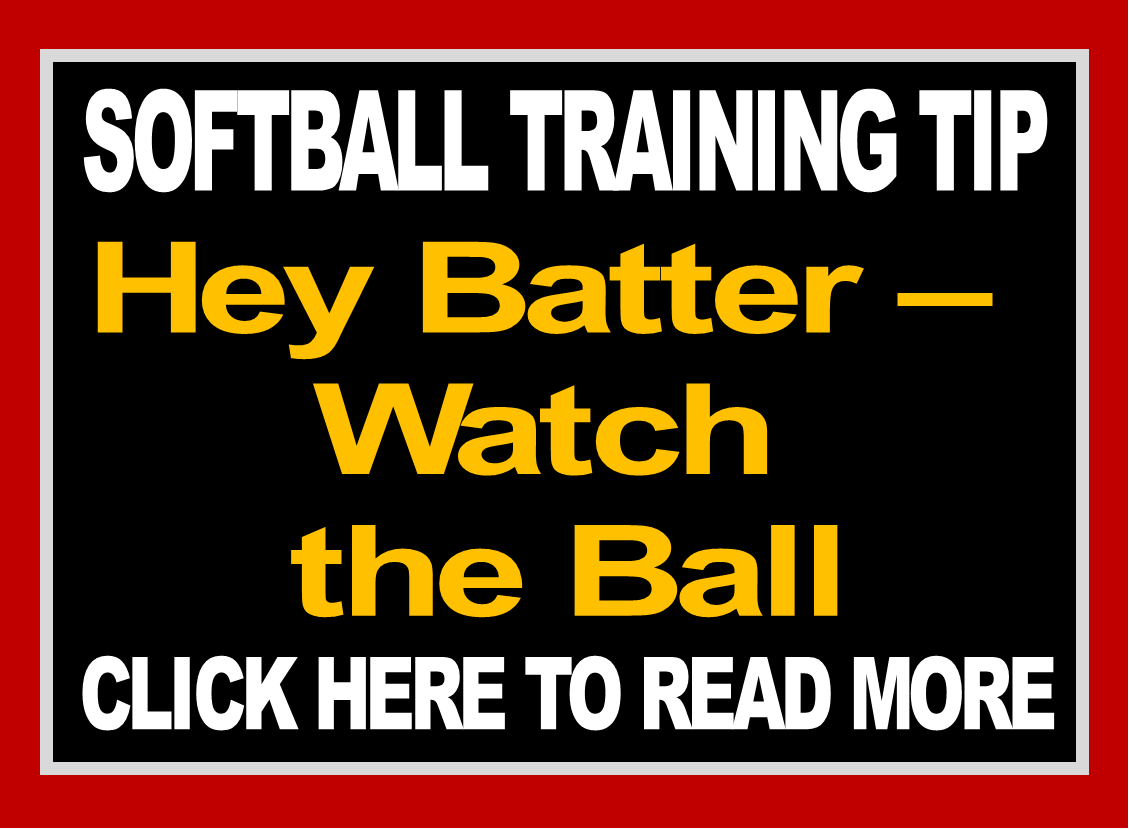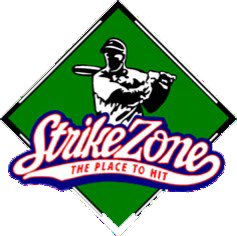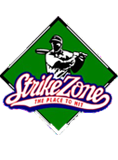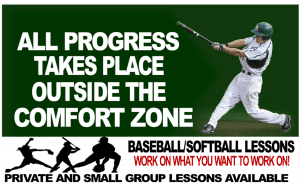
12 Apr Hey Batter – Watch the Ball

There’s a big difference between swinging and hitting. How many of our hitters stand up there during games and simply “swing” without their bat ever actually “hitting” the ball?
Learn how to help your players actually use their eyes properly so the next time they swing they will actually “watch the ball”.
Some sources say that up to 80% of all information that reaches our brain is collected by our eyes! That’s an amazing amount of work done by two little body parts and yet when it comes to hitting – this stat seems a little low! Hitting is a very eye dependent skill and nothing makes this point more than watching our hitters swing when their heads are flying out.
It’s something that seems so hard to fix since it usually shows up during games when we aren’t in a position to make any major changes with our players. Often the harder a player tries the worse it gets, and yet all we seem to know to say in order to help them is “watch the ball” or “keep your eyes on the ball”. I think we’ve proven to ourselves that neither of these statements work to any degree, so there has to be a better solution. Right?!?
Fortunately there are some things you can do to help your players recapture their focus and start tracking the ball better. When hitters seem like they aren’t watching the ball, it’s easy for us as coaches to think they aren’t focusing, when really that’s not the case at all. These hitters are focusing really well – just on the wrong thing!
To see a small ball coming at them really fast, hitters have to use their eyes in a very specific and focused manner. This is very different from how we use our eyes throughout the course of a day. Normally, our eyes are roving all over the place taking in little bits of everything we see. As we were driving to practice today we “kind of” saw the billboards along the road, and “kind of” saw the people walking by and even “kind of” saw the cars driving along with us. It’s a lot of information and a lot of things that we’re just “kind of” looking at. I call these our “Everyday Eyes”.
But then we step into the batter’s box and suddenly “kind of” looking doesn’t cut it anymore. No longer can we use our eyes the way we’ve been using them the entire day up to that point. Now we’ve got to “really” look at something. We’ve got to zoom in on one particular thing without looking at anything else, and that thing is flying at us rather FAST! I call this using our “Hitting Eyes”.
Using our Everyday Eyes is easy since our eyes are relaxed and not paying attention to any one thing. Switching to our Hitting Eyes is very different. Now our eyes are totally absorbed on ONE THING, and they are working very hard to zoom in on that One Thing and eliminate everything else from view. One is easy – Everyday Eyes – and one takes work – Hitting Eyes. As a result, players can’t have their hitting eyes on for very long or their eyes get tired.
There are some things we can do to help our players learn to use their Hitting Eyes to help them not only “see the ball”, but more importantly to:
- Find the middle of the ball while that ball is traveling at them faster than most cars drive on the road
- Figure out exactly where that ball will end up when it crosses their hitting zone
- Figure out exactly how fast it’s going and when it will get there
- And then… have their bat hit it in just the right spot at just the right time
Here are 5 things you can do in practice to teach your hitters how to use their Hitting Eyes to “watch the ball” and to “see it hit your bat:”
- Understand Your Hitting Eyes:
- Have your players stand there and ask them to just look around and tell you all the things they see. Have them name everything they’re looking at. They’ll come up with a ton of things and the more the better as it makes the example even more powerful for them. Tell them these are their Everyday Eyes. It’s the relaxed and general way we use our eyes everyday. Not focusing on one thing but instead we’re looking at tons of things, almost at the same time.
- Then ask them to find one thing in particular – try a bunch of balls if you’re at practice – and just stare at one ball in particular. Now have them stare at the middle of that one ball, not the whole ball but the middle of it! Those are your Hitting Eyes! Hitting Eyes take a lot of concentration and work because we are looking at a very small part of only one thing.
- When you step into the batters box to hit either during practice or games, you have to switch from your Everyday Eyes to your Hitting Eyes.
- Catch Pitching:
- Have your hitter put her bat down and put her regular glove on.
- Have her stand where the catcher stands, behind home plate, and simply catch balls being pitched to her from the pitcher.
- The hitter should stand up to catch the ball, and pay attention to how well she sees the ball, how long she follows the ball, and where the ball is when she notices where the pitch will end up.
- She should notice how little she watches the pitcher but how much she watches the ball.
- Then have the batter get into the batter’s box (putting a glove onto her top hand – on her right hand if hitting right handed and on her left hand if hitting left handed). She should stand in her batting stance and actually catch the ball as it’s pitched or tossed to her.
- Ask her if she’s using her eyes the same way she was when she was standing behind home plate. If not, then tell her to use her CATCHING EYES (which are the same as her Hitting Eyes).
- Find the Middle of the Ball:
- Now that your players have their Hitting Eyes on, have them work to find the Middle of the Ball, instead of “just watching the ball”. That’s too vague, or big, of a command for our eyes. We need to get smaller and find a part of the ball instead of the entire ball.
- Have your player get into the box and have someone stand about 8-10 feet infront of them, behind a protective screen, and toss pitches to them. (called front toss).
- Some players’ will think Middle of the Ball, while others will think of it as the Back, either one is fine. Show the hitter the part you are talking about and ask them to tell you what they call it and then use their word to help them.
- Remember that to hit a line drive, your players will have to hit the middle of the ball. If they hit the Bottom of the Ball the ball goes UP, and if they hit the Top of the Ball the ball goes DOWN.
- Find the Middle of the Smaller Balls:
- Once your hitters have gotten used to focusing on the middle of the softball as it’s being front tossed to them have the tosser start tossing tennis balls. The hitter will have to focus even smaller on finding the middle, or back, of the tennis ball.
- Once your hitters have adjusted to the smaller-sized tennis ball then switch to tossing Zip Balls, which are even smaller than tennis balls. Again, this forces your players to focus even smaller on finding the middle of yet a smaller ball.
- You will know your players have found the middle of the smaller-sized ball when they begin hitting it sharply. At first, a sign to you and to them that their focus is too big, that they’re using their Everyday Eyes to hit with is that they’ll simply complain about how small the ball is. So help them get their eyes to work better for hitting by finding the middle of the ball.
- Mix the Balls:
- Once your hitters start to understand how to properly use their eyes while hitting, then you can put softballs, tennis balls and Zip Balls into a bucket and have the pitcher or front tosser randomly pick out a ball and pitch it during batting practice.
- Count points as follows:
- +1 = softball hit in the middle
- +2 = tennis balls hit in the middle
- +3 = Zip Balls hit in the middle




